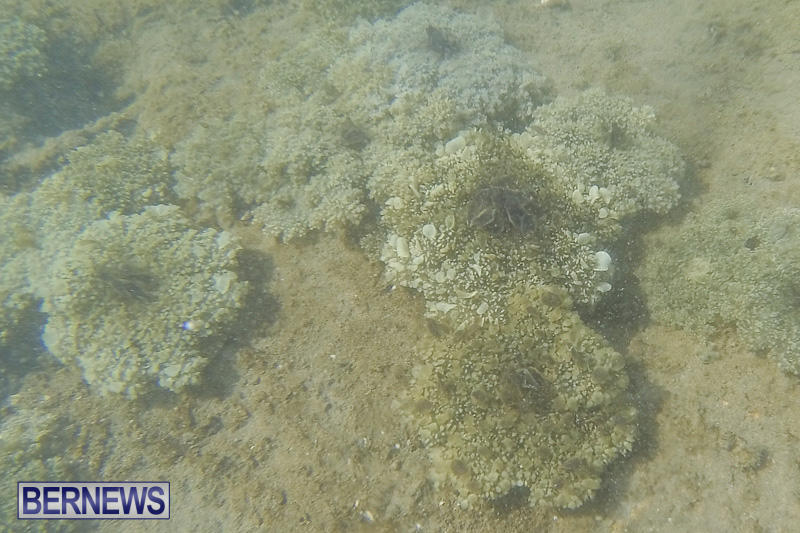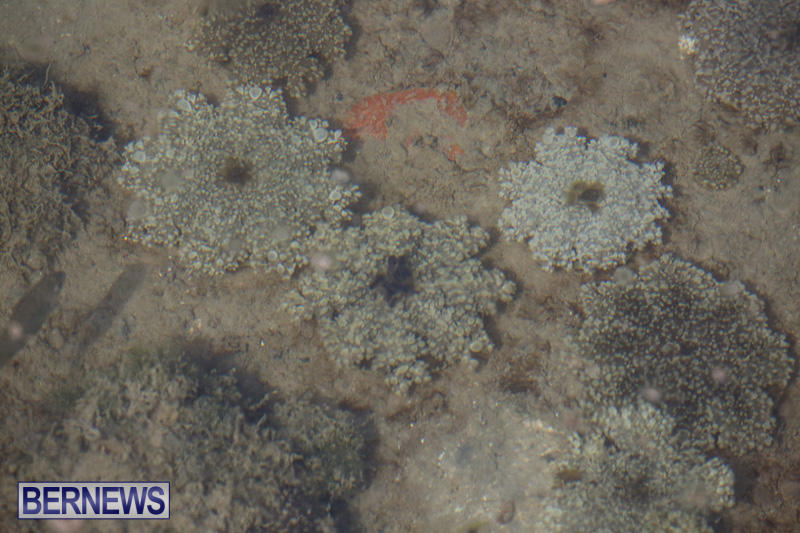

nomadica’s mild to severe stings result in systematic symptoms (reviewed in Avian et al., 1995 Glatstein et al. Since the 1980s, the rhizostome species Rhopilema nomadica has been notorious for causing stings along the Levantine coasts from Egypt to Lebanon. Historically, this phenomenon has been assumed a result of stings caused either by tentacle fragments, the coronate scyphozoan Linuche unguiculata, or other small non-cnidarian organisms. Įnvenomation via nematocyst discharge from unseen jellyfish is not uncommon. Homologous nematocyst-bearing structures, formally called cassiosomes, have been recorded in several additional rhizostomes species, though not examined in great detail. One family of rhizostome medusae, the Cassiopeidae, or upside-down jellyfish, has been shown to release conglomerations of nematocyst-bearing organized structures suspended in mucus into the surrounding water, causing stinging water sensation or “contactless sting”. “Stinging water” occurs when mucus released from the animal into the surrounding water is capable of causing discomfort and pain comparable to contact-based rhizostome jellyfish stings. However, for some rhizostome jellyfish species, this assumption may be misleading, giving rise to a false sense of security that results in unnecessary irritation or injury due to a phenomenon known as “stinging water”. While public health authorities advise swimmers to stay away from jellyfish of all kinds, this is often under the supposition that harm from envenomation will arise from physically touching medusae, or more specifically, touching the tentacles or tentacle-like appendages that contain a high density of stinging cell capsules, called nematocysts.

While they have long been understudied from an ecological perspective, they include high impact commercially harvested species, and are common in many areas with substantial ecotourism. The medusa form of the different rhizostome species possesses multiple mouths as pores distributed along their eight fused oral arms, and can be observed in abundance along the coasts of every continent. Rhizostome jellyfish species (Cnidaria: Scyphozoa: Rhizostomeae) are united in a well-supported clade. We report these findings in order to increase the awareness of a public safety hazard the community may be unaware of in their own labs, aquariums, and sampling locations.
#Cassiopeia jelly fish professional#
Herein, we highlight details provided by 46 researchers and professional aquarists reporting incidents in which they experienced “stinging water” sensations, which we also refer to as “contactless stings’’. Swimmers and waders may put themselves at risk simply by coming into contact with agitated water in the vicinity of Cassiopea medusae, even without touching any part of the jellyfish (medusa, tentacles, or otherwise).

into subtropical waters that can consequently sting human skin, causing varying degrees of pain and irritation this trait extends to other rhizostome jellyfish species. Cassiosomes are released by Cassiopea sp. This framework must be restructured with the inclusion of the oblique risk posed by novel autonomous stinging structures like cassiosomes from Cassiopea (a jellyfish genus of the taxonomic order Rhizostomeae). It is the larvae of this species that is thought to cause “sea lice” which is common from Mother’s Day to Father’s Day.Discussion around avoidance and mitigation of jellyfish stings has traditionally focused on swimmers and divers being mindful of their behavior relative to swimming medusae (pelagic jellyfish). In some years, swarms of them appear in the Keys around April and May, and they can resemble an oil slick from a distance. This is the same jelly that is often found washed up on shorelines along Florida's Atlantic coast.Ī common springtime jelly is the sea thimble ( Linuche unguiculata). Some attest that they don’t feel a sting at all but it’s best to be cautious if you’ve never encountered one. The cannonball jelly ( Stromolophus melegris), another species found in the Keys’ waters, also tends to have little or no sting. As they are common among mangroves, they are sometimes called the ‘mangrove upside down jelly.’ Their tentacles are upward facing, giving them a characteristic upside-down appearance. Credit: Dauphin Island Sea Lab / Wikipedia Commonsįortunately, the most common jellyfish in the Florida Keys, the Cassiopeas ( Cassiopea fronosa or Cassiopea xamachana) tend to give only a mild sting. Cassiopeas frequent mangroves throughout the Keys.


 0 kommentar(er)
0 kommentar(er)
